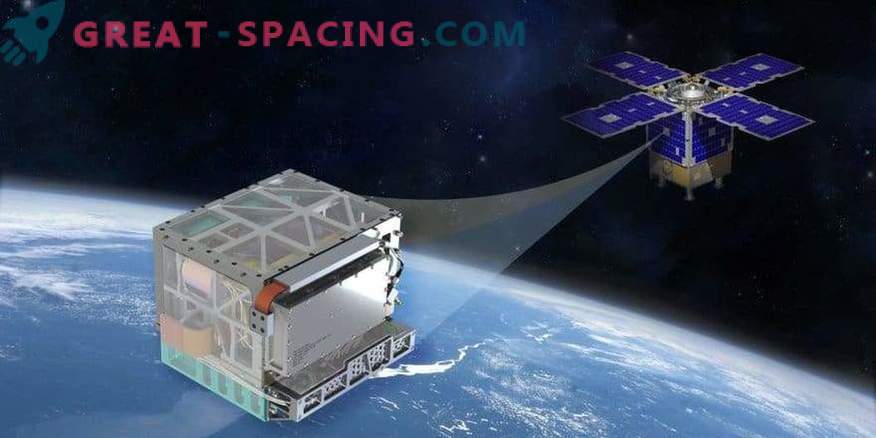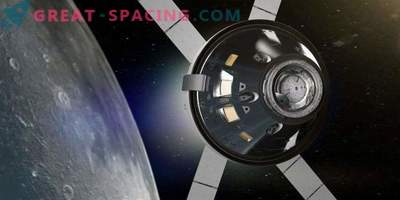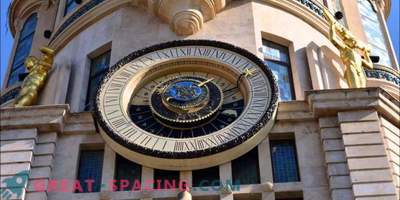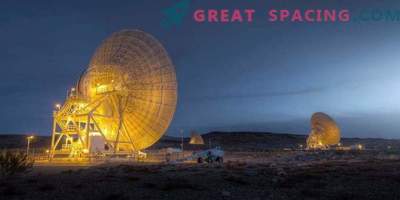
Atomic clocks for deep space undergo orbital testing in a spacecraft
In space, accurate timing time is important for navigation. However, many spacecraft do not have accurate clocks on board. For 20 years, the NASA Jet Propulsion Laboratory (Pasadena, California) has continued to improve clocks. This is an atomic clock for deep space (Deep Space Atomic Clock - DSAC).
Now most missions have to rely on ground antennas in combination with an atomic clock. Terrestrial antennas send narrowly focused signals to a spacecraft and wait for it to return. NASA uses the time difference between departure and arrival to calculate the location, speed and path of the ship.
This is a reliable method, but its effectiveness can be greatly improved. For example, the station must wait for the return of the signal, so it can track the ship at a time. In turn, the spacecraft is also forced to wait until the signal reaches it, and cannot independently decide on the spot.
Navigation in deep space needs to measure huge distances with an accuracy of one meter and less. Radio signals move at the speed of light, so you have to focus on nanoseconds. Atomic clocks cope with this task regularly on Earth. Now with the help of DSAC we go into space. The purpose of the DSAC project is to ensure accurate collection of time for future NASA missions. With the new technology, the spacecraft will not have to focus on two-way tracking, which will significantly increase efficiency and autonomy. In addition, the innovation will allow ground stations to track several satellites at once near crowded areas, like Mars.
DSAC is an advanced prototype of small low-mass atomic clocks based on the mercury ion trap technology. In terrestrial stations atomic clocks in size resemble a refrigerator. The DSAC achieves the toaster parameters and may take on a smaller shape in the future.
In orbit, DSAC can use navigation signals from the US GPS. The demonstration should confirm that the clock shows time accuracy of up to two nanoseconds during the day. If successful, future missions will be able to use the new technology. Ground tests show that DSAC will be 50 times more stable than modern atomic clocks on GPS.











































